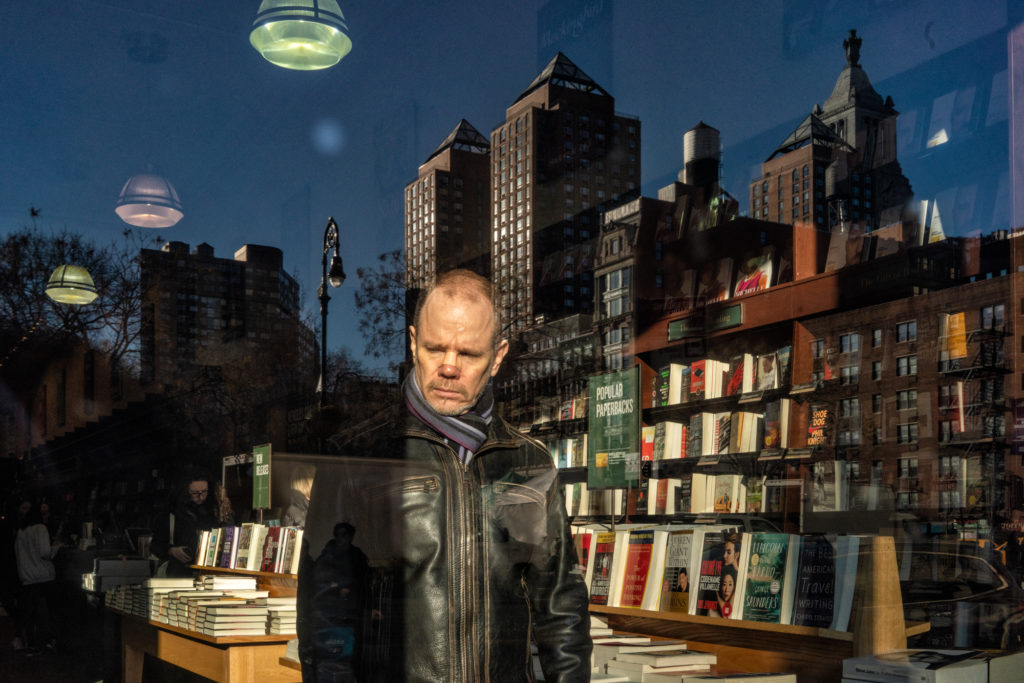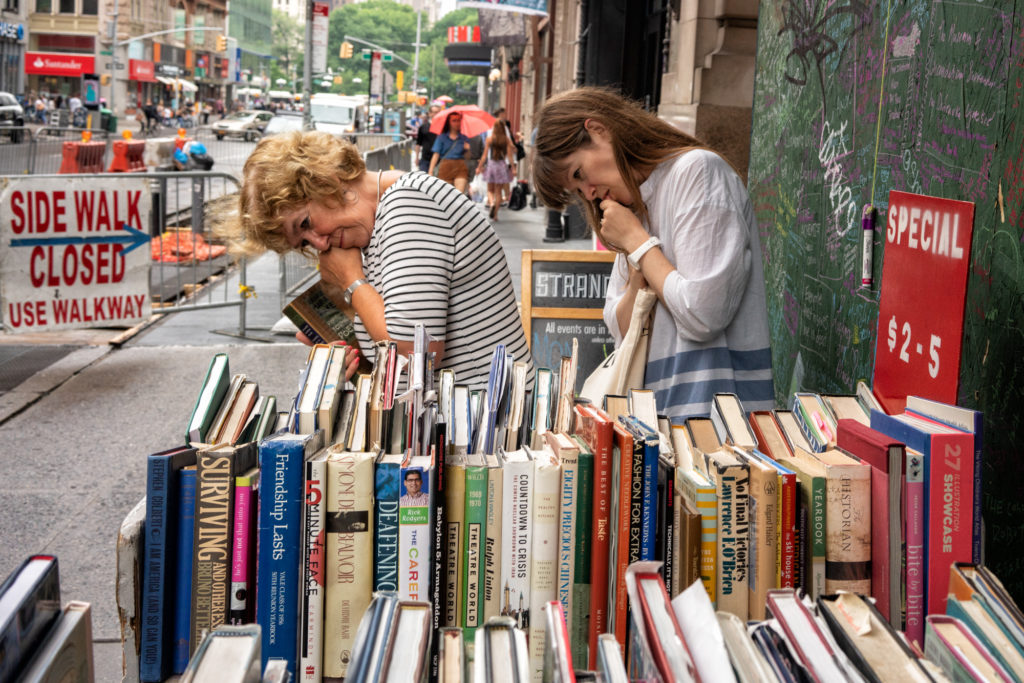
Blake Andrews: Where are you from?
Melissa O’Shaughnessy: I grew up in Minneapolis, but have been living in the New York City area since 1991.
Can you trace your interest in photography back to your roots?
I really came to photography quite late—when my children were in high school. But my father was an avid amateur photographer so there may be a genetic influence.
Do you remember him hovering with a camera? What kind of photos did he take?
Boy, did he hover. I remember often being a bit annoyed by it; he’d take photos of us brushing our teeth. That seemed insane to me then but utterly understandable now. He did a lot of lovely family portraits, and a lot of travel photography. I have bookshelves full of our old family albums, which I took on when I moved my mother here from Minnesota 4 years ago. The albums are a treasure, but take up a lot of space.
Very cool. So that planted the seed. But it sounds like it didn’t germinate until later. What was the thing which spurred your interest later in life?
It was when I quit working; my son was in high school at the time and was enrolled in a beginning photo course and begged for a home darkroom. By the time we’d cobbled it together his interest had waned…but my interest was piqued so I went up to a local college and took a couple black and white darkroom courses.
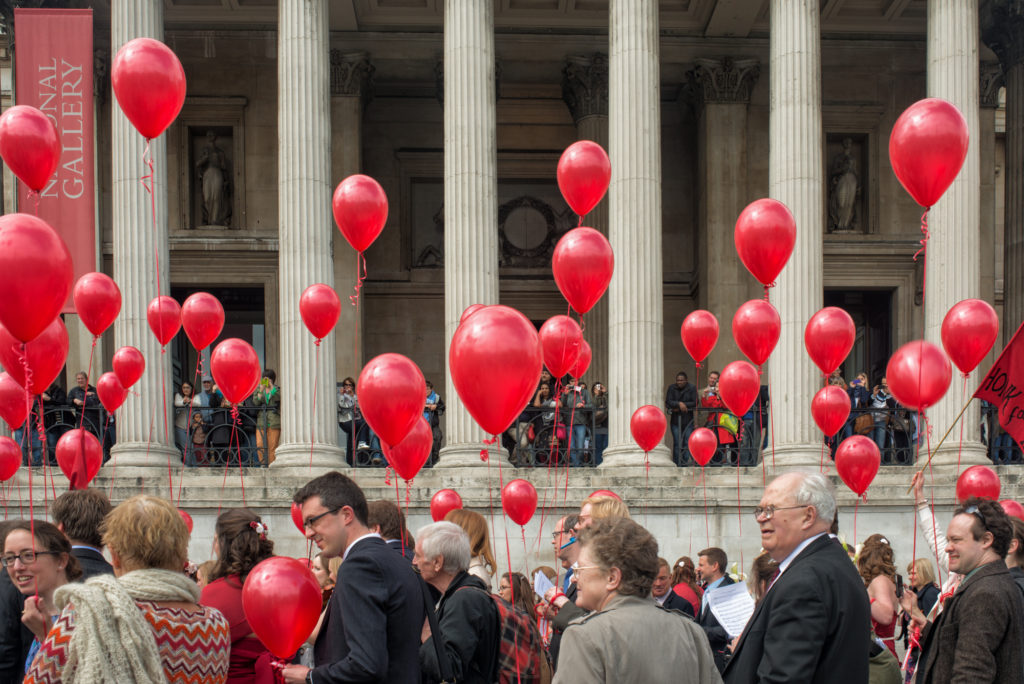
What kind of photos were you making then?
Rather bad ones. Lots of minimal landscapes and fences with peeling paint, much like many beginners. But I shouldn’t sell my self too short, I was developing a deep love of the process—of being out in the world, honing my sense of composition, understanding the darkroom and learning to make some decent prints. Most of that stuff is now in boxes that will never see the light of day.
Is your dad still around? Did he have a chance to see your photos?
Sadly, no. He died 10 years ago. I think of him SO often, because I know he would have just loved to have seen me take up his mantle and love of photography.
Bummer. But it’s great you’re carrying on the family tradition. How long did you stick with darkroom/film practice before transitioning to color?
It must have been 5 or 6 years in the darkroom, largely medium format—I figured out early that I really liked working with larger negatives. It wasn’t until digital cameras went full frame that color became interesting to me. And a few years after that that street photography became my primary focus.
So it sounds like the high resolution of medium format and full frame was appealing, the level of detail? I can see that in some of your work now. The photos have small bits and informational details that might be hard to capture with 35 mm film or Lo-Res methods.
Yes, that’s a good observation. I like complex pictures. I’m always trying to tame the chaos but find chaos very interesting.
Tell me about your initial attraction to street photography.
It was a workshop with Joel Meyerowitz out in Palm Springs eight or so years ago. It wasn’t a street photograph workshop per se—landscapes also—but Joel most certainly planted the seed of interest in me. A few years after that my husband and I bought a place in NYC (two of our three children were living in the city at the time) and I was off to the races. It took me several years before I made any interesting street photographs, though. I was crippled by shyness in the beginning.
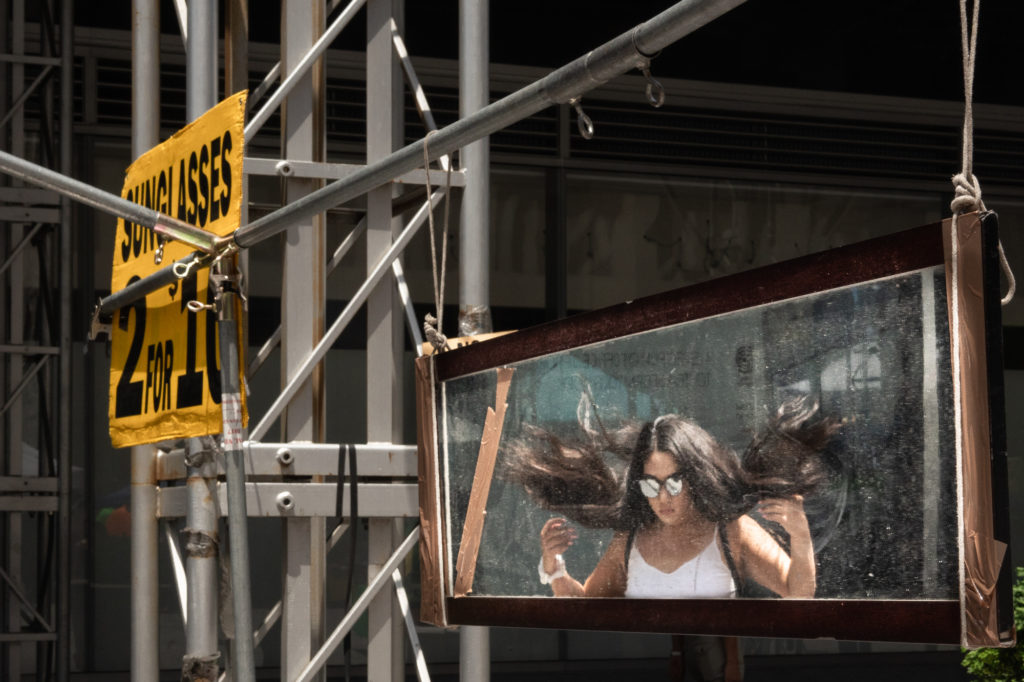
But you must’ve had an interest in street shooting before the workshop? Or what made you enroll?
I really didn’t, interestingly enough. I was interested in Joel’s whole body of work. But Joel certainly sparked the interest in the street.
Can you remember one or two things you learned in the workshop, or from looking at Joel’s work on your own, that were particularly valuable for you?
Joel speaks so well to the entirety of the photographic medium it’s hard to pin down just one thing. I love his statement: “Every time you click the shutter, you say YES.” I also absorbed his ideas about the descriptive power of the camera. From then on I just photographed as much as I could, and the work on the street only started to gel when I was able to spend a few days a week in the city. It’s a constant, continual and abiding obsession now.
I think that statement reflects Joel’s generally positive outlook, which is pretty central to street photography or any type of found photography which relies on serendipity and things beyond your control. A lot of it depends on mental outlook. Optimism is a key ingredient. You’ve got to always believe there’s a winner around that next corner.
Without a doubt. I find it tremendously life affirming. I’m a fundamentally shy person, but I love being out in the world, in the chaos. It is often an exasperating genre—Mark Twain’s “a good walk spoiled”, if you will. When nothing comes of a 10 mile walk (which is so often the case) it’s pretty frustrating, but when things come together there’s nothing like it. For me it’s a way to hold on to time, put a frame around a moment and make a print out of it. When I come home with a good photograph it feels like a cosmic gift. But the good ones are few and far between.
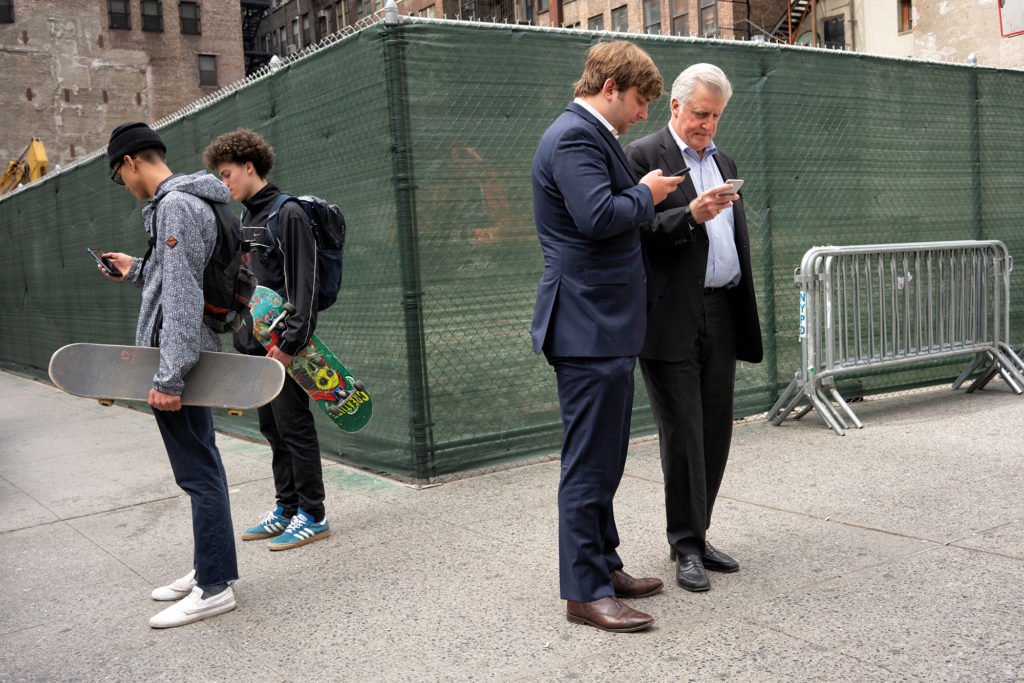
What do you mean “cosmic gift”? That’s almost a spiritual/religious description.
It does feel a little spiritual sometimes.
I’m undecided on how photos happen. When the right things come together in a scene, sometimes they feel so special they seem to reveal an intelligent designer. But at the same time part of me knows it’s just me. I’m the one galvanizing subjects into a frame. Honestly, I’m not sure what’s happening or how it really works. Which is maybe central to the appeal? Anyway, I can relate to the term “cosmic gift”. I suspect all photographers can relate to that.
It’s funny, I had a very intense and strict Catholic upbringing, but never really went to church once I left home for college. I have had many discussions about religiosity (and my lack thereof) with my mother, and once she just looked at me and said, “I find God in my friends.” This has always stuck with me, it’s about reverence for our fellow human beings. I think—I hope—this comes through somehow in my work.
Do you think ”reverence for our fellow human beings” is generally necessary to make good street photos?
For me, yes. You don’t have to call it reverence, but I do think there should be respect. I think you have to be interested in people, what drives them, what makes them behave the way they do in this world, in this particular time.
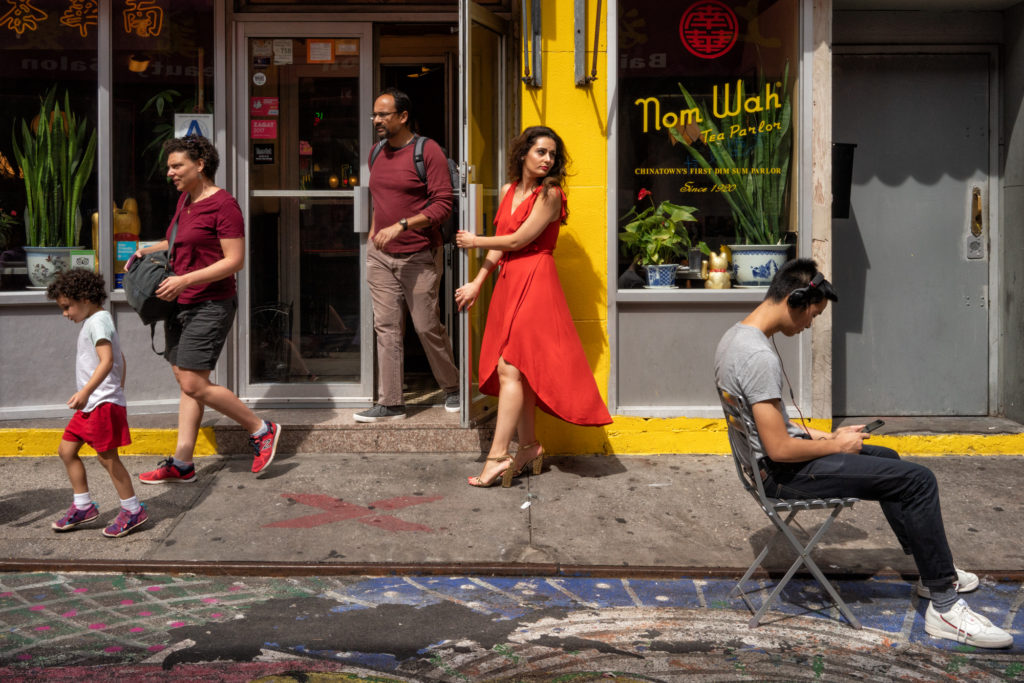
I have a different outlook. I generally treat people like raw photo meat, just material to use in a photo. (But I’m a nice person outside of photography, honest!)
Lately I read somewhere—or it might have been a podcast—that neurologists speculate that only about 40% of what we “see” we see with our eyes. So that leaves 60% of our “seeing” to think about. Where does that 60% come from? I think we respond (especially in the split second you have to respond in the street) with the accumulation of our life experiences, our personalities, our interests. I read quite widely, and have many, many photobooks. I’m always trying to educate my mind and my eyes. Constantly.
You mean your eyes take in a lot of information that isn’t processed by the brain? is that it? Or what does the 40% represent?
The 40% is what we physically take in with our eyes. The rest (I think this is what the neurologists were getting at) is filled in by our brains.
That’s a main skill of photography. To teach your brain how to process what’s coming in through the eyes, and try to imagine it as a 2D frame.
It’s just rather fascinating to me. For example, I often run into a friend on the corner of 42nd and Fifth, and we will often spend 20 or 30 minutes photographing together. Same time, same light, same people streaming by, but our photos are completely different.
Ha, yes I’ve had that experience. It’s always fun to compare photos from one spot.
There’s so much of the subconscious at play. Then there comes the real nub of the matter, how to recognize those particular photos that are starting to say something about how you see the world, how your own response might be of interest to others. I’m still picking away at that scab.
Just erase 60% of the frame and you’ve nailed it.
Hahaha. Yes.
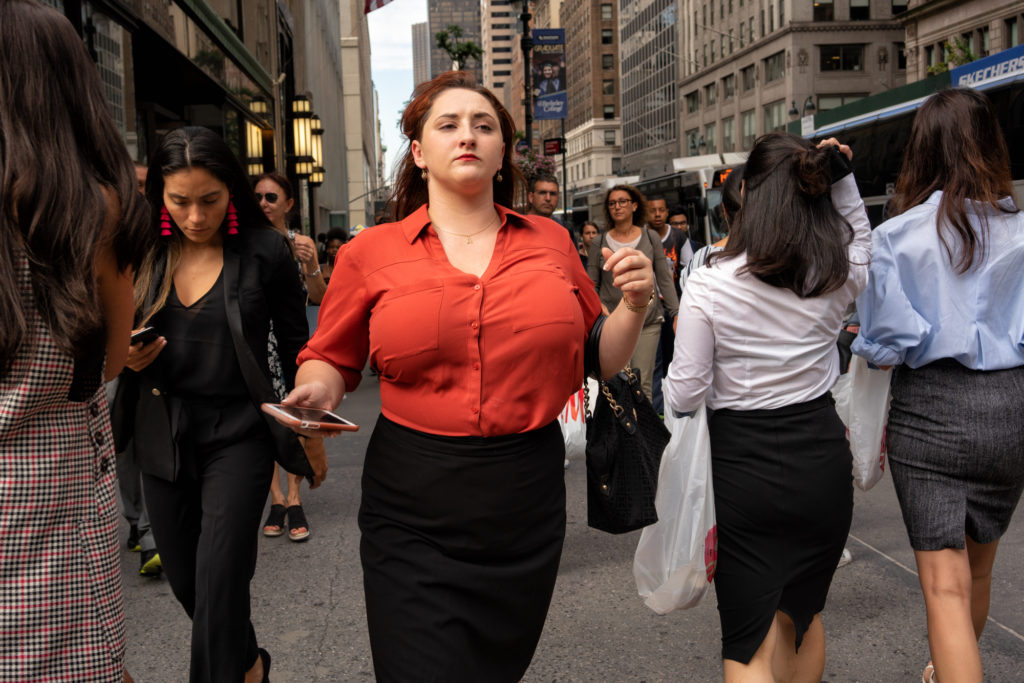
So what’s under the scab? What do your photos say about how you see the world?
I think the scab I’m picking away at is the why and the what, and how do I best communicate my own impulses through my photos.
What have you learned on that front? What have your photos taught you about your impulses? Or about your particular way of seeing and responding?
I’m still learning. I hope to always be learning. I do think I have a somewhat feminine approach, I’m often attracted to children and families and their interactions. I’m always interested in how children react to me; they’re usually the ones to notice me first. It’s a reminder to try to see the world a little like a child, with an acute openness and curiosity. Their heads aren’t filled with thoughts of their duties and responsibilities, they’re just IN the world. I think this, by extension is why those of us who are captivated by this genre enjoy it so much, when you get in the zone (that’s such an overused word, but I can’t think of a better one) a lot of your own petty concerns and cares fall away. It really is a way of being deeply present in the world. That’s my spirituality.
Plus it’s nice when something funny happens.
I’ve mostly sworn off shooting kids in public, except for ones I know. Too many pitfalls. Too many crazy parents.
I almost always get away with it. I’m a petite middle aged woman; I dress like a ninja and act like a tourist. It’s a good cover.
When my kids were smaller I spent a lot of time with them at playgrounds, which are wonderful photo ops. But I can’t really do that anymore. I just look like a creepy old dude with a camera.
It’s a big advantage being a woman. But the world of kids is so different now. I grew up like a ragamuffin. We ran wild and free in our suburban neighborhood (child services would probably called on parents who allowed that now). And look at the kids in Helen Levitt’s photographs; it was an utterly different time. Kids now—in NYC in particular—are always clutched tightly by their parents or lashed into strollers…you even see some on leashes. I have pictures of all of that. And yes, most men I know simply won’t photograph children.
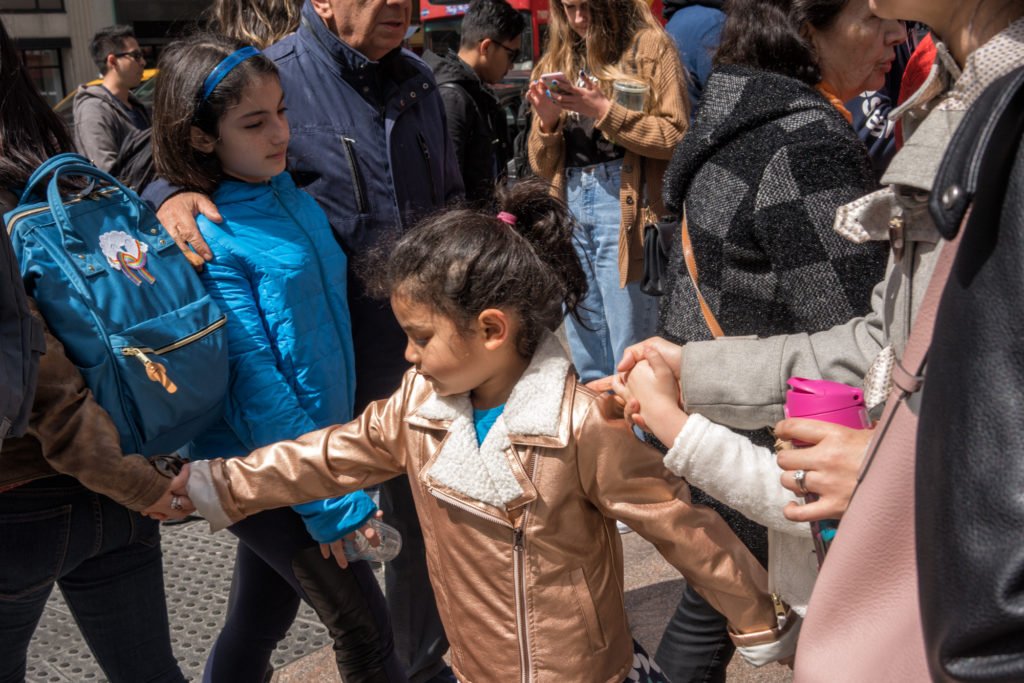
There was a big brouhaha recently with Josh Rosenthal shooting kids at a fair. It was kind of a worst case scenario, which brought together all the difficulties. What the end result is going to be, in 20 years, is a huge slew of public photos with no kids in them. We’re going to look at all these photos and wonder where all the kids went. Why were there no children out in public back in 2019? Oh well, photographs always come down to us through a filter. Lack of kids is just one of many.
Yeah, I read about that. I think your description of Josh as rather tone deaf was spot on.
Well that was part of the problem. But the knee-jerk reactions of the parents didn’t help. Since when does photography have anything to do with sex trafficking or kidnapping? It was a good example of two worlds colliding, without much common understanding, and probably not helpful for the future of candid street shooting. You mentioned earlier spending a few days a week shooting in NYC. Can you share some general logistics of your routine?
I’m generally in the city just a couple days a week, usually weekends, depending on my other commitments. I shoot whenever I can for as long as I can. I will go out in ANY weather. I’m from Minnesota after all.
Mainly Manhattan? Or other boroughs also?
Almost exclusively Manhattan. My apartment is near Union Square and I generally walk everywhere. Often I’ll start the morning downtown in Chinatown or Lower Manhattan and then work my way north. I’ve got myself on a bit of a cowpath that I’m trying to stray from.
Ah yes, the cowpath. It’s a constant battle for me to steer myself into unfamiliar places and situations, which for me tend to generate the best photos. Or maybe that’s not totally true. A little intimacy helps sometimes too. But I need that sense of unpredictability to generate pix, however that comes about.
That’s my big conundrum too. I’m always so inspired by someplace new, but often feel I don’t start to make interesting photos until I have a feel for a place. I think I’m a person that needs at least several weeks in one place to start to get at anything interesting.
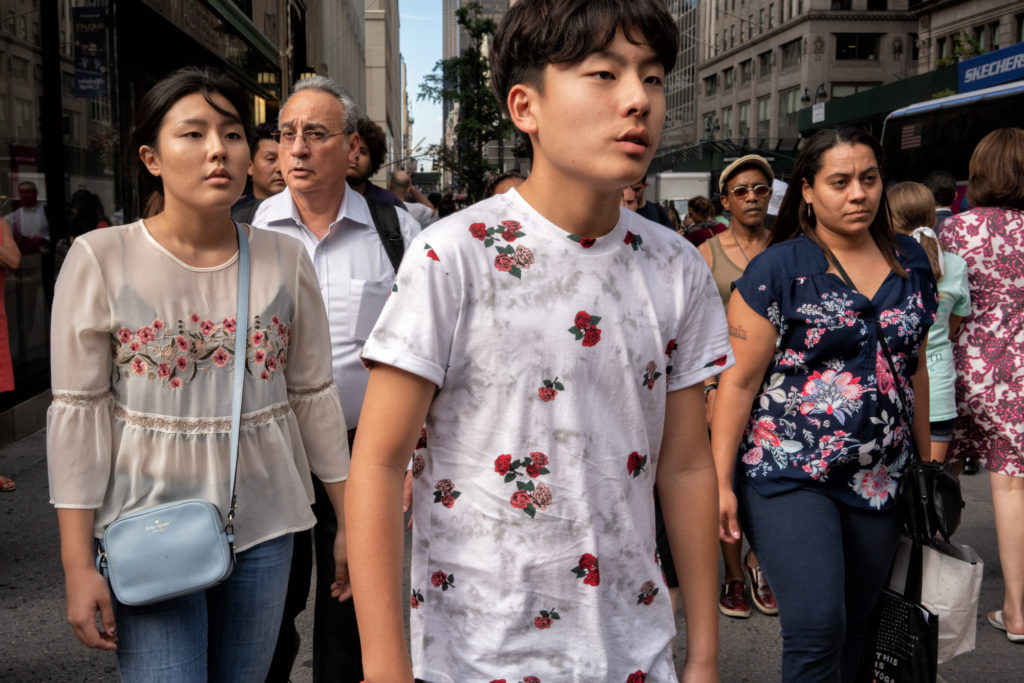
Well, Africa will pull you away from the familiar cowpath.
Yes it will. But I’ve no idea how to make interesting photos of wildebeests.
I’m sure you’ll figure it out. I think it’ll be a great opportunity to plunge into something new, and to apply your vision to things unknown.
Maybe I’ll just make everything dusty and blurry for a change. Whether intentional or unintentional.
I can’t tell if you’re joking. Or is that something you’ll experiment with in Africa?
Joking a little, but it’s a thought. I really have no interest in a NatGeo shot of a lion or an African landscape. It’s a family trip so photos won’t be the most important thing to me, but I will try to return with something interesting. Hopefully not malaria.
Stay healthy. I’m curious to see the pix.
I’ll do my best on both counts.
Do you know Peter Beard’s photos?
Not very well.
I have a few of his books. They’re kind of a cross between NatGeo nature photos and experimental technique. Might be good inspiration?
I just Googled him; love the collages. I’ll definitely spend some time with his work before I go. More books to buy! Between your blog and your and Richard’s recent UP takeovers my bookshelves are increasingly crammed.
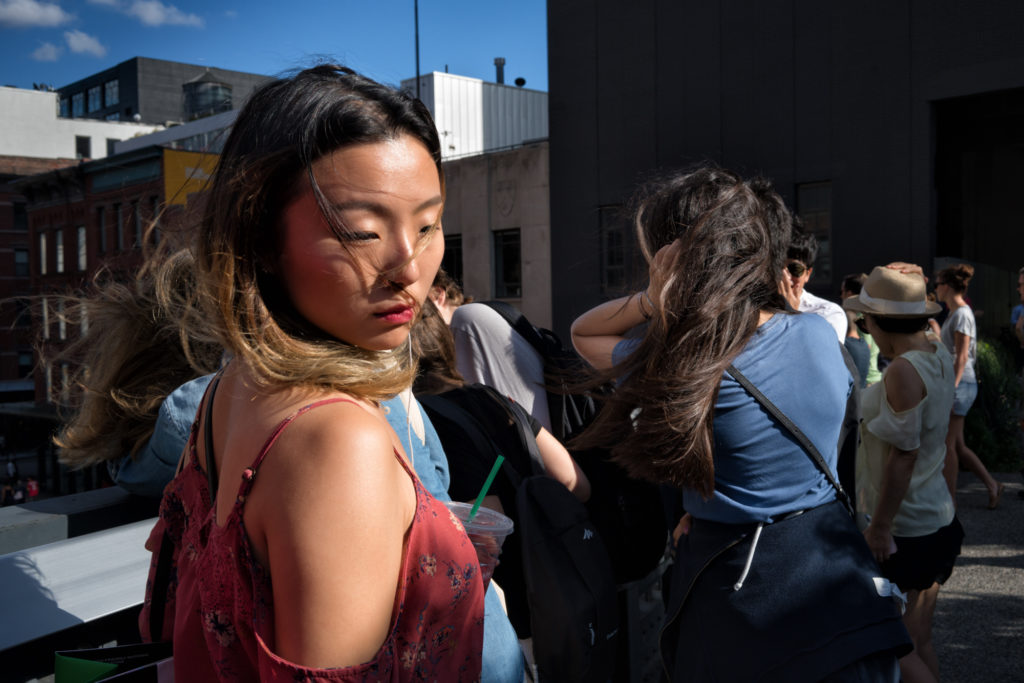
Yeah, too many books to get to. A chronic dilemma since childhood…
Which photo books have been influential for you?
Good lord there are so many. Like almost everyone, Robert Frank’s “The Americans” has been a profound inspiration, may Robert rest in peace. Another that I return to again and again Sergio Larrain’s “Valparaiso,” which was beautifully reprinted a couple of years ago. I think Larrain was as much of a poet with camera as Frank was. A few others include Joel Meyerowitz’s “Wild Flowers,” Mark Cohen’s “Dark Knees,” Jason Eskenazi’s “Wonderland,” Martin Parr’s “The Last Resort” and Helen Levitt’s “Crosstown,” to name but a few. I’m also a huge Eggleston fan, I’ve got his 10 volume Democratic Forest, but that’s not a book…it’s an entire bookshelf!
What are some non-street photo book favorites?
Early on—before I got into color or street photography—I was really smitten with the work of Harry Callahan and Ralph Gibson, and I’ve got an extensive collection of both. Though he’s best known for his black and white work, Gibson’s color “L’Histoire de France” is probably my favorite. And I’ve never tired of Callahan, be it black and white or color. His “New Color: Photographs 1978-1987” is pretty wonderful. Luigi Ghirri’s “It’s Beautiful Here, Isn’t It” and Rinko Kawauchi’s “Illuminance” are also favorites that come to mind.
Which ones have you gained an appreciation for over time? Which ones do you like now less than before?
Eggleston would fall into the first category, Edward Weston the second.
Any that you’ve seen recently (past 3 months?) that you particularly like?
Sheron Rupp’s “Taken from Memory,” Alex Webb and Rebecca Norris Webbs’s “Brooklyn: The City Within” and “Who is Michael Jang?” are recent purchases I’m loving. The Michael Jang is wonderful; the work is quirky, varied and often hilarious. Joel Meyerowitz’s “Provincetown” also just arrived…I’m sure it will be a classic. If if doesn’t inspire you to portraiture I don’t know what will.
How do you usually find out about photo books? Local stores in NY? Or online? Or?…
Everywhere really, I’m pretty keyed into the photo book world. The Strand and McNally Jackson are regular NYC stops for me.
I’ve seen a few mockups of your own book of New York photos in production. Can you tell more more about that?
I’m working on a book which will be published by Aperture next fall. I’ve not announced it to anyone but family and friends, but I guess here is as good a place as any to announce it. The project is in the early stages…we’re still batting titles around and waiting to see the designer’s mock up. My editor and I will be rolling up our sleeves in the next few weeks so it will all start to gel in the next few months.
What about normal written (non-photo) books? What sort of material do you like to read?
I’ve always been a voracious reader; literary fiction, memoir and a variety of non-fiction predominately. I’m a big believer in Jay Meisel’s quote…”If you want to make more interesting photographs, become a more interesting person.”
